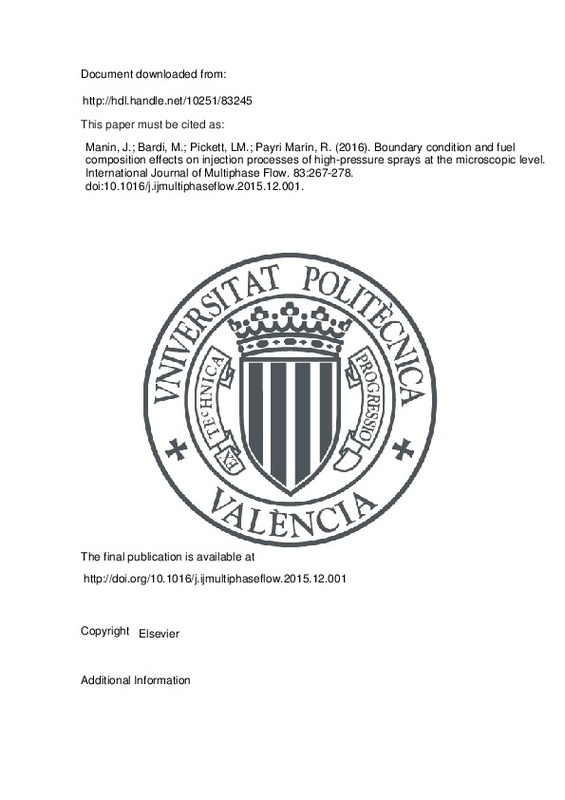JavaScript is disabled for your browser. Some features of this site may not work without it.
Buscar en RiuNet
Listar
Mi cuenta
Estadísticas
Ayuda RiuNet
Admin. UPV
Boundary condition and fuel composition effects on injection processes of high-pressure sprays at the microscopic level
Mostrar el registro completo del ítem
Manin, J.; Bardi, M.; Pickett, LM.; Payri Marín, R. (2016). Boundary condition and fuel composition effects on injection processes of high-pressure sprays at the microscopic level. International Journal of Multiphase Flow. 83:267-278. https://doi.org/10.1016/j.ijmultiphaseflow.2015.12.001
Por favor, use este identificador para citar o enlazar este ítem: http://hdl.handle.net/10251/83245
Ficheros en el ítem
Metadatos del ítem
| Título: | Boundary condition and fuel composition effects on injection processes of high-pressure sprays at the microscopic level | |
| Autor: | Manin, J. Bardi, M. Pickett, L. M. | |
| Entidad UPV: |
|
|
| Fecha difusión: |
|
|
| Resumen: |
Detailed imaging of n-dodecane and ethanol sprays injected in a constant-flow, high-pressure, high-temperature optically accessible chamber was per-formed. High-speed, diffused back-illuminated long-distance microscopy was ...[+]
|
|
| Palabras clave: |
|
|
| Derechos de uso: | Reserva de todos los derechos | |
| Fuente: |
|
|
| DOI: |
|
|
| Editorial: |
|
|
| Versión del editor: | http://doi.org/10.1016/j.ijmultiphaseflow.2015.12.001 | |
| Código del Proyecto: |
|
|
| Agradecimientos: |
The authors wish to thank Chris Carlen from Sandia National Laboratories for designing and manufacturing specific ultra-fast LEDs, as well as Jose Enrique del Rey and Juan Pablo Viera from CMT-Motores Termicos for their ...[+]
|
|
| Tipo: |
|







![[Cerrado]](/themes/UPV/images/candado.png)


